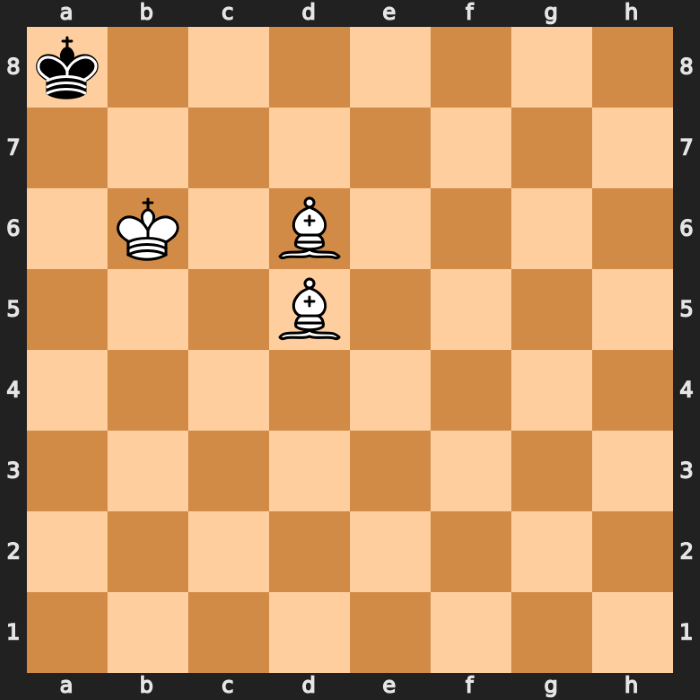Chess players often forget about the endgame, which is where they turn their hard-won advantages into wins. A lot of thought goes into the main game. However, in the endgame, you need to pay close attention to exact numbers, make smart moves, and know the basic rules inside and out. It talks about “Chess Endgame Technique 1,” which will teach you the key finishing moves you need to win in the last few moves.
Chess Endgame Technique 1: Mastering the Basics for Winning Finishes
What is Chess Endgame Technique?

Find out what you need to know and how to do it to win the last part of a chess game. In chess, this is called the endgame method. When you play a game with more pieces, you have to think about your moves more. There are more estimates to be made when there are fewer pieces. Things you need to know are
- How to Use the King: The king is usually right there at the start. But it’s a very important piece for fighting in the end game. You need to know how to engage your king in order for it to move.
- Opposition: When you want to stop your opponent from moving, you just move your king across from them. Thus, you remain in charge of key places.
- At the end of a game: the pawn is often the most important piece. If you want to make a threat, you should know about passed pawns, pawns that don’t have any enemy pawns in front of them, and pawn breaks.
- Rook endgames: In the final, rooks are the best piece. It is very important to know how to play weak squares and positioning with rooks to stop the enemy king from moving.
- Queen Endings: You can do more when you have a queen than when you have a rook. You should know what “fortress positions” mean and how to mate with the queen. In these spots, a king can hold a draw by himself.
Chess Endgame Technique 1: Learning Through Examples
The well-chosen endgames in “Chess Endgame Technique 1” are used in a planned way to show important ideas. Real-world learning is more important than just knowing different forms. Here’s a list of what to expect:
- Simple Checkmates: The king and queen are used to teach simple checkmates in the first part of the game. Users can now get the endgame tools they need to win even the easiest ones.
- What are the King and Pawn Endgames? This part goes into great depth about how to move pawns up the board, which is a very important skill. You can move your pawns forward with moves like pushback and the king’s march. The king moves slowly toward the enemy pawn with these moves.
- Pawns and Rook Endgames: This book talks about pawn and rook endgames, which happen a lot at the endgame level. To keep your opponent’s king from moving, you will learn how to pass pieces, draw three lines, and make good use of weak squares.
- How to Win with the Queen: This part explains what “fortress positions” are and how to win with the queen.
Benefits of Chess Endgame Technique 1:
- Strong Base: The book teaches you important rules for endings.
- Practical Approach: It stresses doing things to learn them, and at the end, it gives many case studies to show how the ideas can be used.
- Graded Difficulty: Endgames can get harder over time, but there are also endgames that are easy.
- With Pictures and Easy-to-Understand Text: The book’s final ideas are easy to understand thanks to its pictures and good text.
Beyond Chess Endgame Technique 1: Continuing Your Endgame Journey
While “Chess Endgame Technique 1” is a good start, you’ll need to learn more and put in more work to really get endgames. After reading this book, you can use these endgame tips:
- Practice Endgames Regularly: Ending should be something you do every day. Every day, do endgame problems along with your tactics problems. You can push yourself with ending lessons or online tools.
- Check out your games: Pay close attention to how your games end. Go over your final plan one last time to see if you missed any chances or found any weak spots.
- Take your time: If the timer is longer, you have more time to think about how the story ends and make very clear decisions.
- Get help or join a group that plays chess: Some people have more experience than you do, and they can help you understand the finish and answer any questions you may have.
- Read more about these Endgame topics: As you get better, learn stuff like rook endgames with a strong passed pawn, queen and pawn endgames, and theory endgames with certain piece mismatches.
Read More: Chess Tactics: Svidler — Vallejo-Pons, 2004
Conclusion:
This is a great book for the whole family to read if they want to get better at the finish. The book uses clear explanations, good examples, and useful uses to give players the confidence they need to handle the tricky finish with ease. Don’t forget that getting better at the finish is a process, not a goal. To get better at those tough numbers, you will need to study, do them, and do them again and again. I hope you like “Chess Endgame Technique 1”.

David Thompson holds a Master’s degree in Mathematics and has over 12 years of experience in competitive chess. As the lead writer for Chess-Essentials.com, David is dedicated to sharing his extensive knowledge of chess strategies and tactics. His clear and insightful articles are designed to help players of all levels enhance their skills and understanding of the game.
Connect with David on social media: Facebook
Asking questions are really fastidious thing if you are not understanding something fully, but this piece of writing offers good understanding yet.